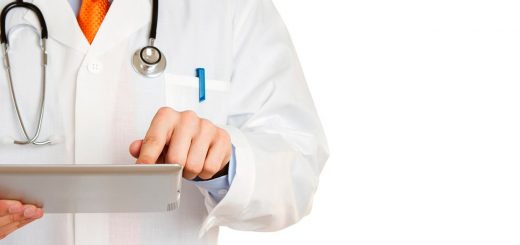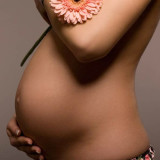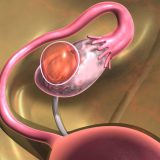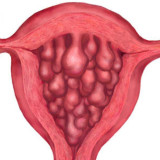A cyst in breast is a pathological entity consisting of wall and liquid contents inside. It can be single or multiple. Cyst in breast forms in the channels and has the following characteristics.
- Structure of a cyst in breast includes a capsule-like cavity, which is filled with fluid.
- Formation of the cyst means milk duct blockage. The cavity builds into a fibrous capsule. Then it fills with secretion. Sometimes the tumor forms in the end parts of the duct, so it hinders the flows. As a result the tissues lose sensitivity.
- The fluid accumulated in the cyst differs in color. It can be yellow, dark green, brown depending on the composition and the duration of its presence. Often the content comprises dense particles which are not dangerous, but indicate that the cyst has existed long.
- If the cyst has been forming for a long time, it is a more dense capsule. If recently – it has thin walls.
- A woman usually doesn’t experience any symptoms for a long time.
- Inflammation abscess can occur over time.
- A cyst in breast often occurs in conjunction with other hormonal abnormalities of female reproductive system.
- Sometimes the cyst has fairly large size able to change shape of a breast.
- Cyst in breast can be of different shapes – irregular, circular, oval. Size of the cysts ranges from less than half an inch to a couple of inches and more.
- Breast cysts internal walls are usually flat and smooth. Atypical development of the walls causes multiple chambers in the cyst. It makes puncture treatment difficult and fail to withdraw the entire contents of all cameras.
- If several cysts appear it is called polycystic breast. The cavities may merge or transform into a multi-chamber cluster. In these cases, cystic tissue can affect more than half of the whole breast.
- Cyst in breast can be on one breast, or on both breasts.
- In most cases the capsule comprises a benign cyst cells, however, can also have malignant.
- A cyst in breast is very common, especially in women 35-60 years with no children.
- Sometimes the cyst can contain fat. Its origin is not associated with the usual cyst in breast secretion, but with sebum content of the skin. If the fat-containing cyst becomes large, it often becomes inflamed, but still typically does not cause discomfort or disturbs lactation. So it is not treated surgically. Fat cysts are best diagnosed by mammography.
Cyst in breast causes and symptoms. 9 things one better know to prevent the disease













